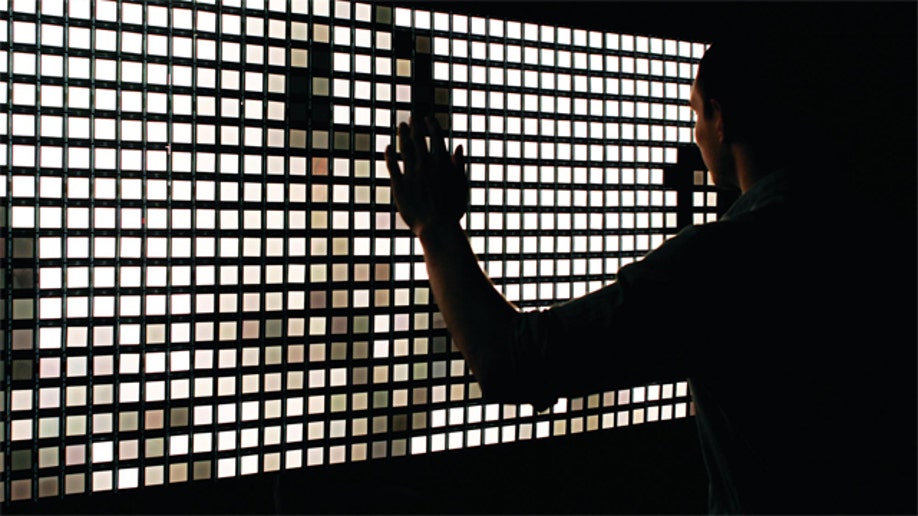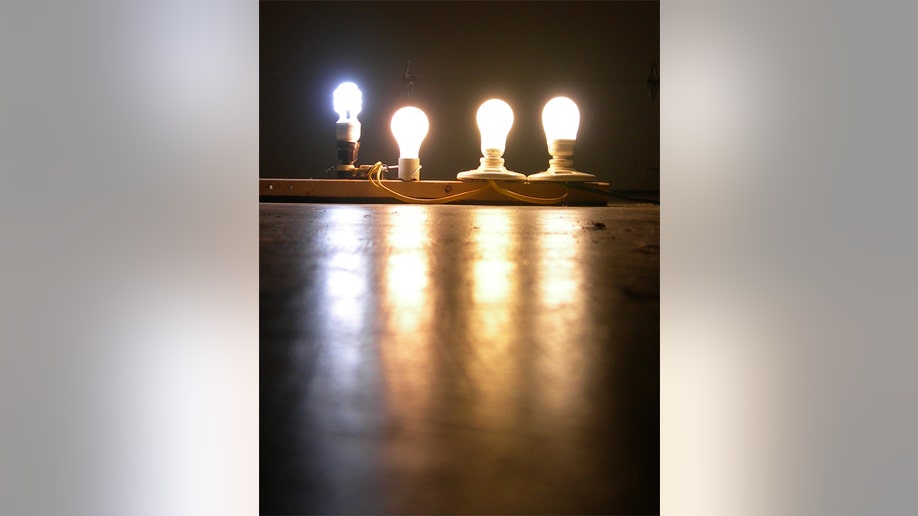The Light Bulb of the Future
{{#rendered}} {{/rendered}}
Incandescent lights -- the traditional frosted bulbs we all grew up with -- are still hugely popular, despite their well-known energy inefficiency. But don't get too nostalgic: Advances in technology beyond the compact fluorescent will bring us better quality light, better energy efficiency, and mind boggling flexibility. Our very idea of lighting will be freshly illuminated. (Antonia Halse)

The problem with traditional incandescent lights are their inefficient use of energy, most of which is lost in the form of heat. That's the main advantage of switching to CFLs -- compact fluorescent bulbs, which are shaped like traditional bulbs but draw far less power. Color was an issue, one largely overcome in recent years. Here, a comparison of several popular CFLs and a standard incandescent bulb (from left to right): (1) Compact Fluorescent: General Electric, 13 watt, 6500 K (2) Incandescent: Sylvania 60-Watt Extra Soft White (3) Compact Fluorescent: Bright Effects, 15 watts, 2644 K (4) Compact Fluorescent: Sylvania, 14 watts, 3000 K. (Wiki/Ramjar)
Another criticisms of compact fluorescent light bulbs, beyond the quality of the lighting, is that they take time to warm up and contain mercury. GE has unveiled a halogen CFL hybrid that promises the efficiency of a CFL without the annoying warm-up period. (GE)
GE's LED bulb -- which should come out later this year, the company claims -- is designed to replace the 40-watt incandescent bulb, and should last over a decade and a half. The fins along the side of the bulb are actually heat sinks to wick away heat, which degrades the light quality and lifetime of the diodes in the bulb that emit light. (GE)
In OLEDs, or organic light emitting diodes, a thin layer of organic compounds emit light in response to an electric current. The technology is currently most commonly used in televisions and promises to change computer screens -- although they are expensive at these large scales. The big advantages of OLEDs are the potential low cost, flexibility of material, and overall efficiency and response time. (Fraunhofer IPMS)
While LEDs and their OLED brethren are a good bet, alternative technologies do exist. The latest challenger from Vu1 is the ESL, or <i>electronically stimulated luminescence,</i> derived from cathode ray tubes, the technology that powers old school televisions and computer monitors. Because of the phosphors Vu1 uses, it can better match the spectrum of incandescent light than competing technologies, says CEO Philip Styles. (Vu1)
Since OLED is extremely energy efficient, thin, and flexible, the technology could be customized in any way imaginable. Think of OLED wallpaper, carpets, doors, doormats, tabletops -- or curtains, as seen here. The best part? Production should ultimately be a simple matter, making the technology available to even the most budget-minded individuals. GE believes that more than half of its lighting products will be LEDs by 2020. (GE)
